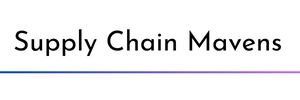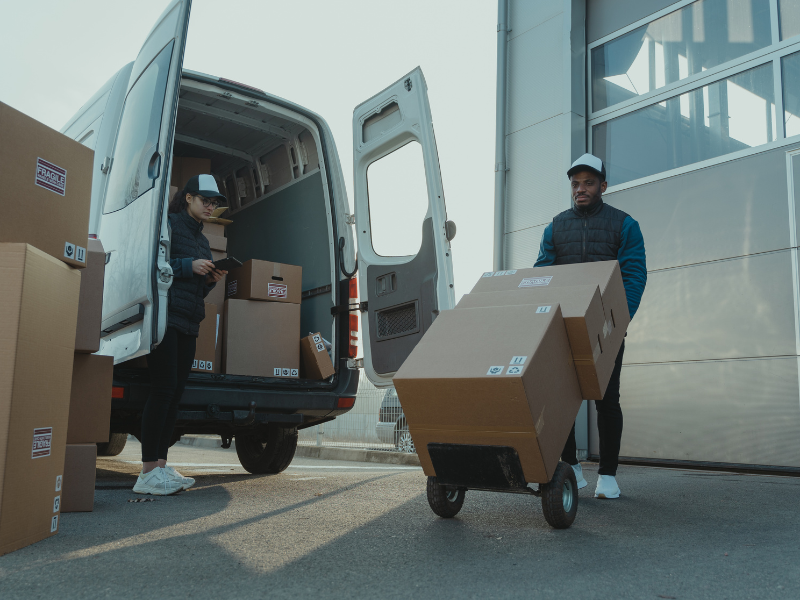by Gary A. Smith, CPIM-F, CSCP-F, CLTD-F
“On the road again just can’t wait to get on the road again.” - Willie Nelson
In the post Covid-19 world, we know that successful supply chains must adapt. One example is to develop secure and safe methods to pick or deliver shipments without the need of the customer and the supplier to be at the delivery location at the same time. This concept is referred to as unattended delivery.
Doctor’s offices have used unattended delivery for years to send their lab work to be tested and dispose of medical waste. Samples for testing or medical waste that may contain blood, and used needles, are collected and placed in a secure location and locked in a box located outside the medical office. Each night, a pickup / delivery person opens the secure box, removes the contents, and scans the contents for receiving. Test results are electronically sent to the doctor via email. He or she can then download and review the results from a secure website when needed.
Other Unattended Delivery Opportunities
Unattended delivery is easily adapted to many situations. Its major advantage is convenience, and its two major requirements are trust and accurate inventory. Deliveries can be made at any time and the material received can be checked in at the receiver’s convenience. If deliveries are made to a retail store or a restaurant during a busy time, the delivery can still be completed without inconveniencing customers. They can also be made during off hours. Many grocery chains use unattended delivery for non-perishable goods from their warehouses. They simply drop a trailer at the store’s loading dock and pick it up after it is unloaded, usually the next day.
Restaurants and retail stores located in urban settings can also rely on the convenience of unattended delivery. Many companies that want to avoid paying parking fines, overtime for drivers or higher insurance premiums when their unattended trucks are broken into and merchandise stolen, are discovering the convenience and relative ease of unattended delivery.
Companies that wish to set up unattended delivery should start with a proof-of-concept (POC) test. If your organization has a closed loop operation (company-owned stores that are serviced by a company owned distribution center), delivery drivers will need access to a well-lit and secure location to make the delivery. This is usually in the form of a delivery door with a keypad or master key. The driver parks the vehicle, removes the material from the vehicle with a pallet jack or a hand truck, unlocks the secure location and drops off the material. If the organization has a recycling program, this is a great opportunity to remove corrugated, plastic wrap, and other dunnage to return to the distribution center for centralized disposal. Once the organization has worked out any difficulties with the system, it can be rolled out to the entire organization.
Unattended delivery has many benefits. Among them it:
Does not require check-in at the time of delivery. Check-in can be done at the receiver’s convenience
Provides contactless delivery
Reduces overtime – driver’s and / or storeroom personnel do not have to stay late to deliver and/or receive material
Provides security for high value / high pilferage items
Allows more deliveries to be completed as delays are minimized
Low program startup cost (containers, locks, and software in the case of smart locks)
Provides audit trail if smart locks are used
Allows nighttime delivery when storeroom has less staff or storeroom is closed
Allows better driver/staff utilization
Can be used for internal deliveries as well as for supplier shipments
Improves truck utilization
Unattended delivery can be adapted to nearly every organization that uses a closed loop system and can be used in many situations that require adaptability and agility in delivery and receiving operations.
Gary welcomes your comments and feedback. You can email him at gary@supplychainmavens.net.

